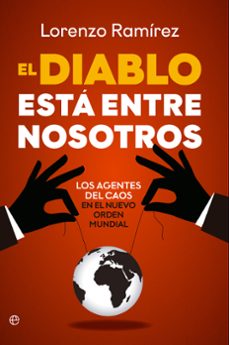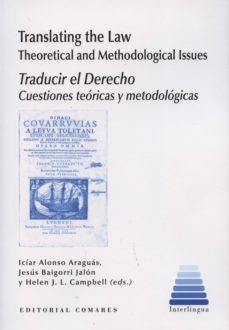Imprescindibles
Ficción
No Ficción
Ciencias y tecnología Biología Ciencias Ciencias naturales Divulgación científica Informática Ingeniería Matemáticas Medicina Salud y dietas Filología Biblioteconomía Estudios filológicos Estudios lingüísticos Estudios literarios Historia y crítica de la Literatura
Humanidades Autoayuda y espiritualidad Ciencias humanas Derecho Economía y Empresa Psicología y Pedagogía Filosofía Sociología Historia Arqueología Biografías Historia de España Historia Universal Historia por países
Infantil
Juvenil
#Jóvenes lectores Narrativa juvenil Clásicos adaptados Libros Wattpad Libros Booktok Libros de influencers Libros de Youtubers Libros Spicy Juveniles Libros LGTBIQ+ Temas sociales Libros ciencia ficción Libros de acción y aventura Cómic y manga juvenil Cómic juvenil Manga Shonen Manga Shojo Autores destacados Jennifer L. Armentrout Eloy Moreno Nerea Llanes Hannah Nicole Maehrer
Libros de fantasía Cozy Fantasy Dark academia Hadas y Fae Romantasy Royal Fantasy Urban Fantasy Vampiros y hombres lobo Otros Misterio y terror Cozy mistery Policiaca Spooky Terror Thriller y suspense Otros
Libros románticos y de amor Dark Romance Clean Romance Cowboy Romance Mafia y amor Romance dramatico Romcom libros Sport Romance Otros Clichés Enemies to Lovers Friends to Lovers Hermanastros Slow Burn Fake Dating Triángulo amoroso
Cómic y manga
Novela gráfica Novela gráfica americana Novela gráfica europea Novela gráfica de otros países Personajes, series y sagas Series y sagas Star Wars Superhéroes Cómics DC Cómics Marvel Cómics otros superhéroes Cómics Valiant
eBooks
Literatura Contemporánea Narrativa fantástica Novela de ciencia ficción Novela de terror Novela histórica Novela negra Novela romántica y erótica Juvenil Más de 13 años Más de 15 años Infantil eBooks infantiles
Humanidades Autoayuda y espiritualidad Ciencias humanas Economía y Empresa Psicología y Pedagogía Filosofía Historia Historia de España Historia Universal Arte Cine Música Historia del arte
Ciencia y tecnología Ciencias naturales Divulgación científica Medicina Salud y dietas Filología Estudios lingüísticos Estudios literarios Historia y crítica de la Literatura Estilo de vida Cocina Guías de viaje Ocio y deportes
ICIAR ALONSO ARAGUAS
Recibe novedades de ICIAR ALONSO ARAGUAS directamente en tu email
Filtros
Del 1 al 1 de 1
COMARES 9788490450369
Salamanca, the model, is now a concept. It is a training seminar for professional linguists but much more than this, it is a different approach to learning and exchanging experience, one which has proved its worth for five consecutive years, becoming richer and more innovative with each passing year. Where did it originate and why, what made it the success it has become? The ingredients are simple. Take three worlds: academia, professional life in an international organisation and university studies. Perhaps one could add one more, that of vocational training. Blend for a week at room temperature. Hey presto, a successful seminar! There is, of course, far more to it than that, but the basic ingredients are these. What we have done with them and how we have blended and tended them is a rather longer story. Today in 2013 communication is more important than ever, across borders and well beyond the confines of Europe. Leisure travel and retirement schemes, as well as moving elsewhere to find employment, have already changed how we live. In addition, immigration and asylum, conflicts and wars, economic hardship, high unemployment and a sudden change of fortunes in the last five years have led to a massive demographic shift, as people migrate to another country, in search of new opportunities and a better life. In so doing they need not just the motivation to move but also the wherewithal, the skills, the ability to adapt, perhaps to master a new language and a new legal situation. Laws must be understood wherever a person goes to find work, to set up a business, to seek a job, to visit new places or to settle in a new environment. Most of all, these migrants, be they temporarily or permanently in a new country, need to be able to communicate, to speak, write and survive in a different language, a different culture and country, within a different set of laws governing their private and professional lives.
Ver más
Otros
Del 1 al 1 de 1

![harry potter y el cáliz de fuego (harry potter [ediciones ilustra das interactivas] 4)-j.k. rowling-9788419868497](https://imagessl7.casadellibro.com/a/l/s5/97/9788419868497.webp)






















